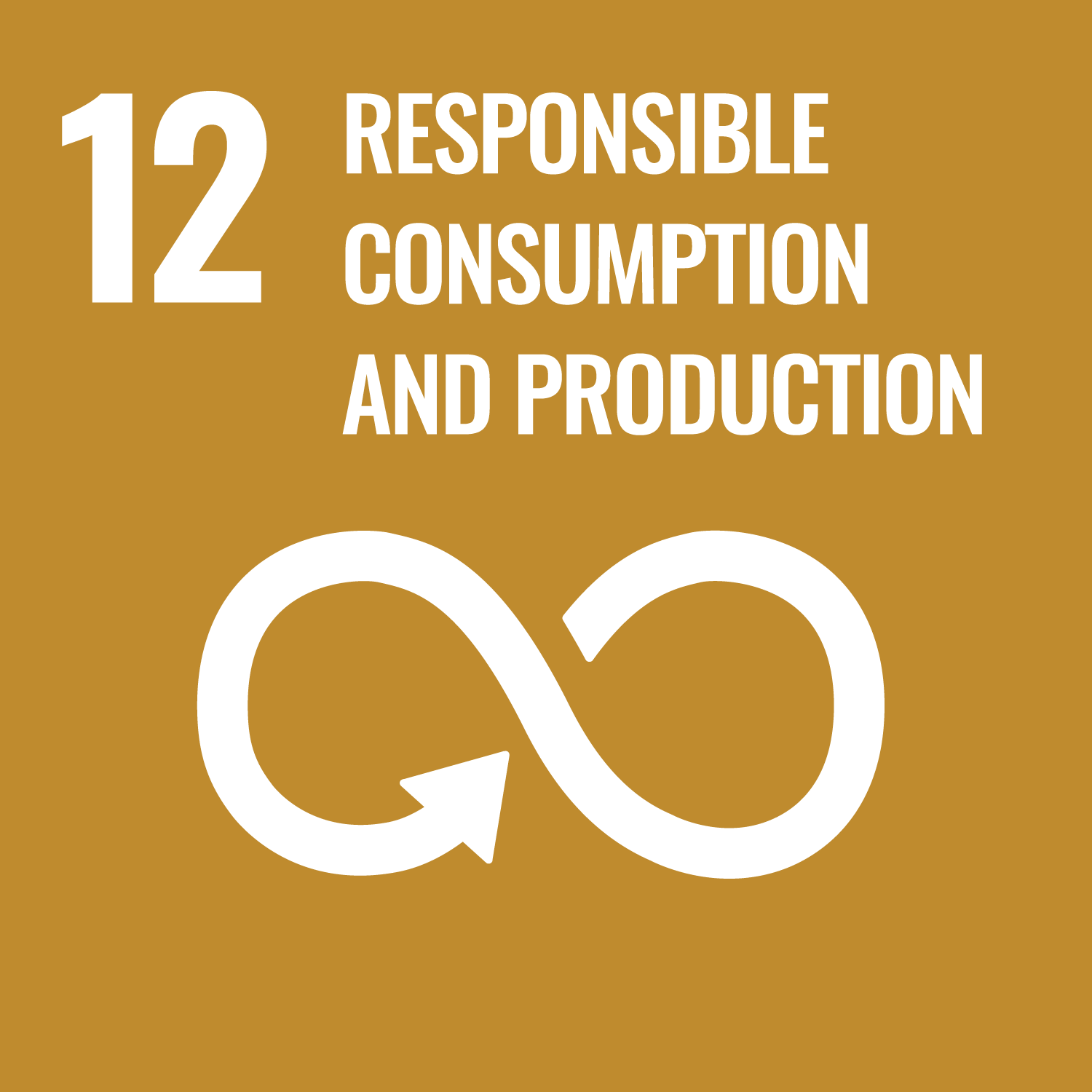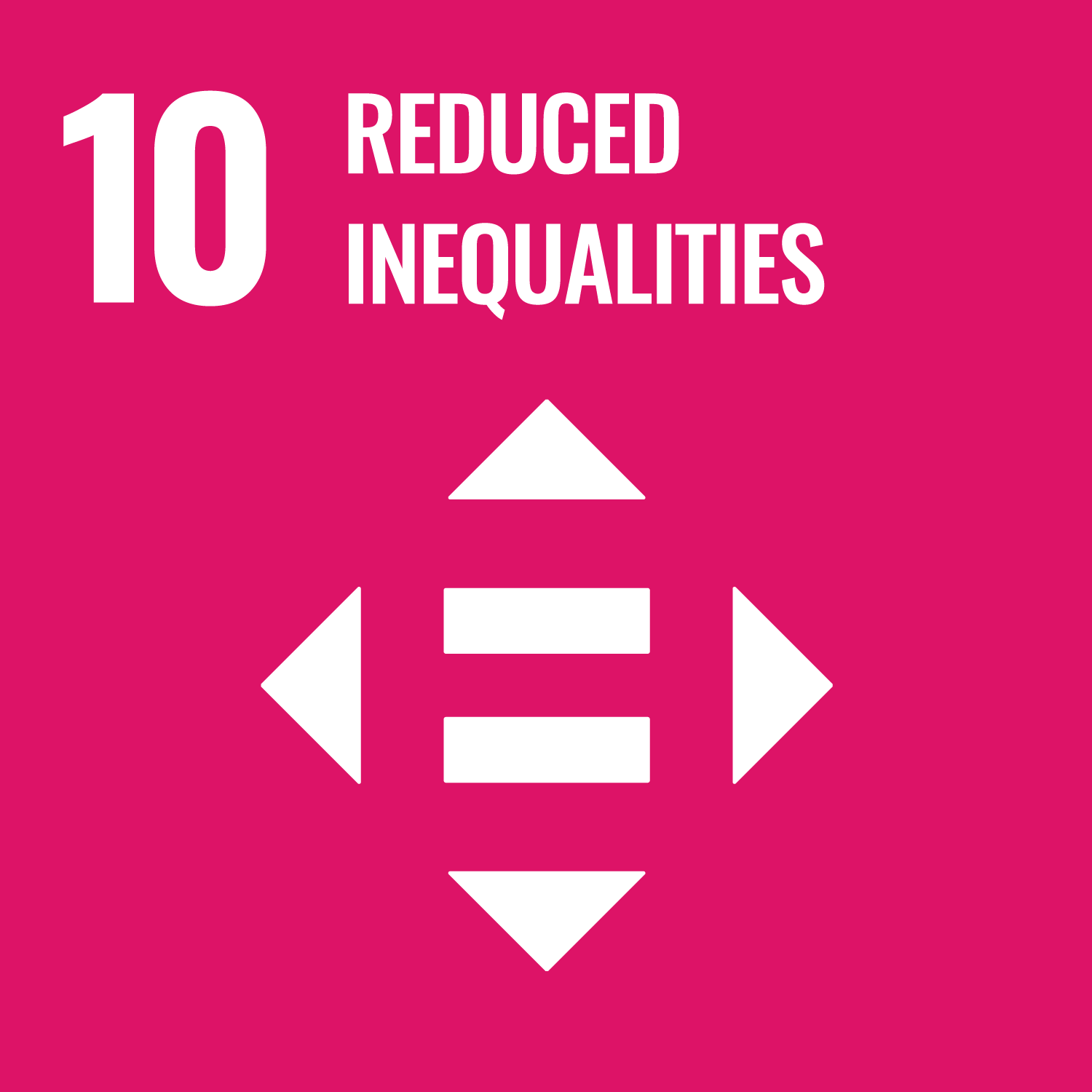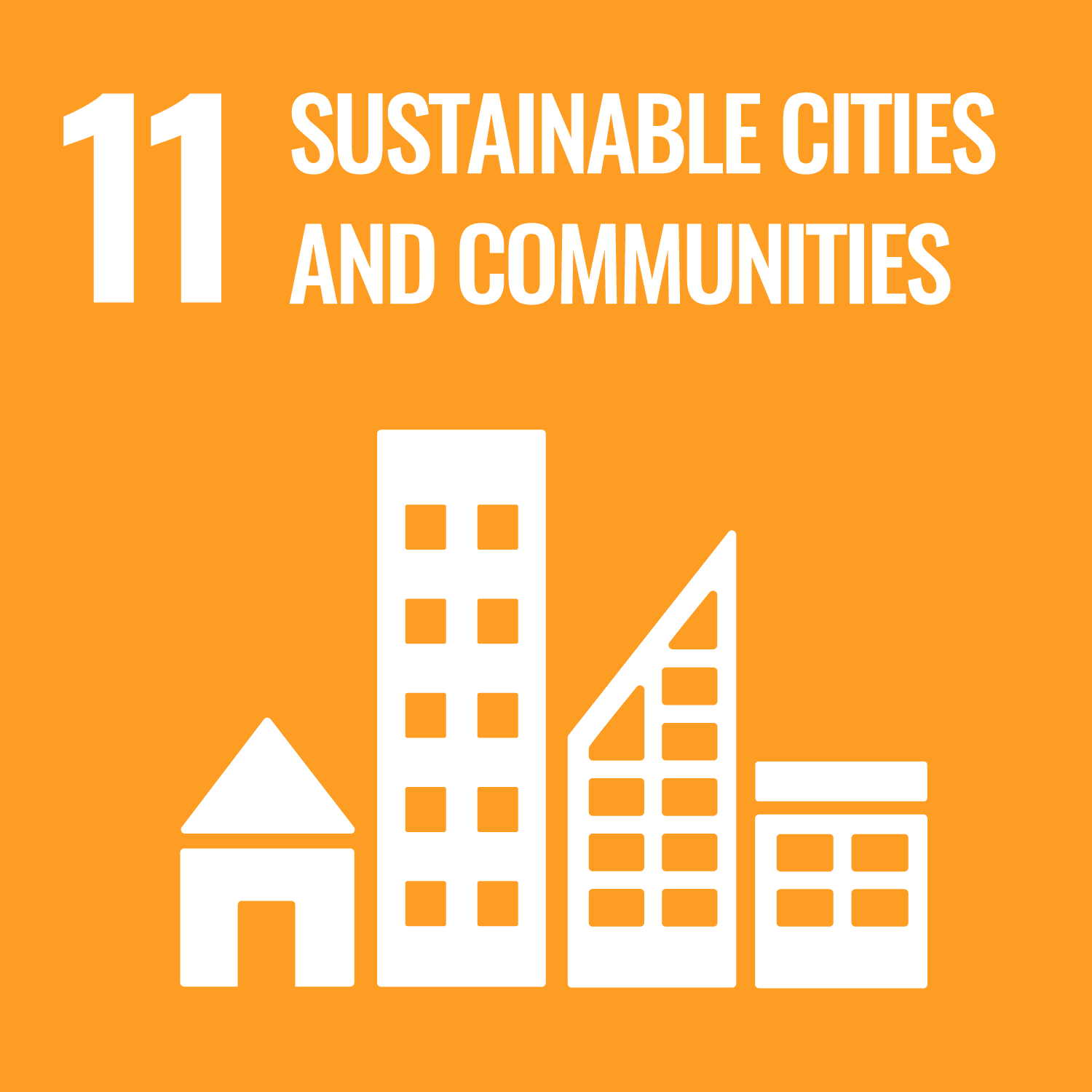ORCID
- S Goodhew: 0000-0003-1227-217X
Abstract
There is growing concern in Western Europe that higher insulation and air tightness of residential buildings may lead to increased overheating risk during the summer. This risks undoing the energy savings as it may lead to the introduction of active cooling systems in buildings that so far have been cooled by natural means. This paper discusses temperature monitoring from houses in the Southwest of the UK that were built to low-energy standards (Code for Sustainable Homes Level 5). Results were analyzed using both established static overheating criteria and an adaptive thermal comfort standard. Findings suggest that these houses can be considered uncomfortably warm during summer and that they are at risk of overheating.
Publication Date
2015-11-15
Event
CUE-2015-Applied Energy Symposium and Summit 2015: Low Carbon Cities and Urban Energy Systems
Deposit Date
2024-06-04
Keywords
Low energy houses, Thermal comfort, Measurement, Social housing, Post-occupancy evaluation
Recommended Citation
Jones, R., Goodhew, S., & de, W. (2015) 'Measured indoor temperatures, thermal comfort and overheating risk: Post-Occupancy evaluation of low energy houses in the UK', Retrieved from https://pearl.plymouth.ac.uk/ada-research/279




